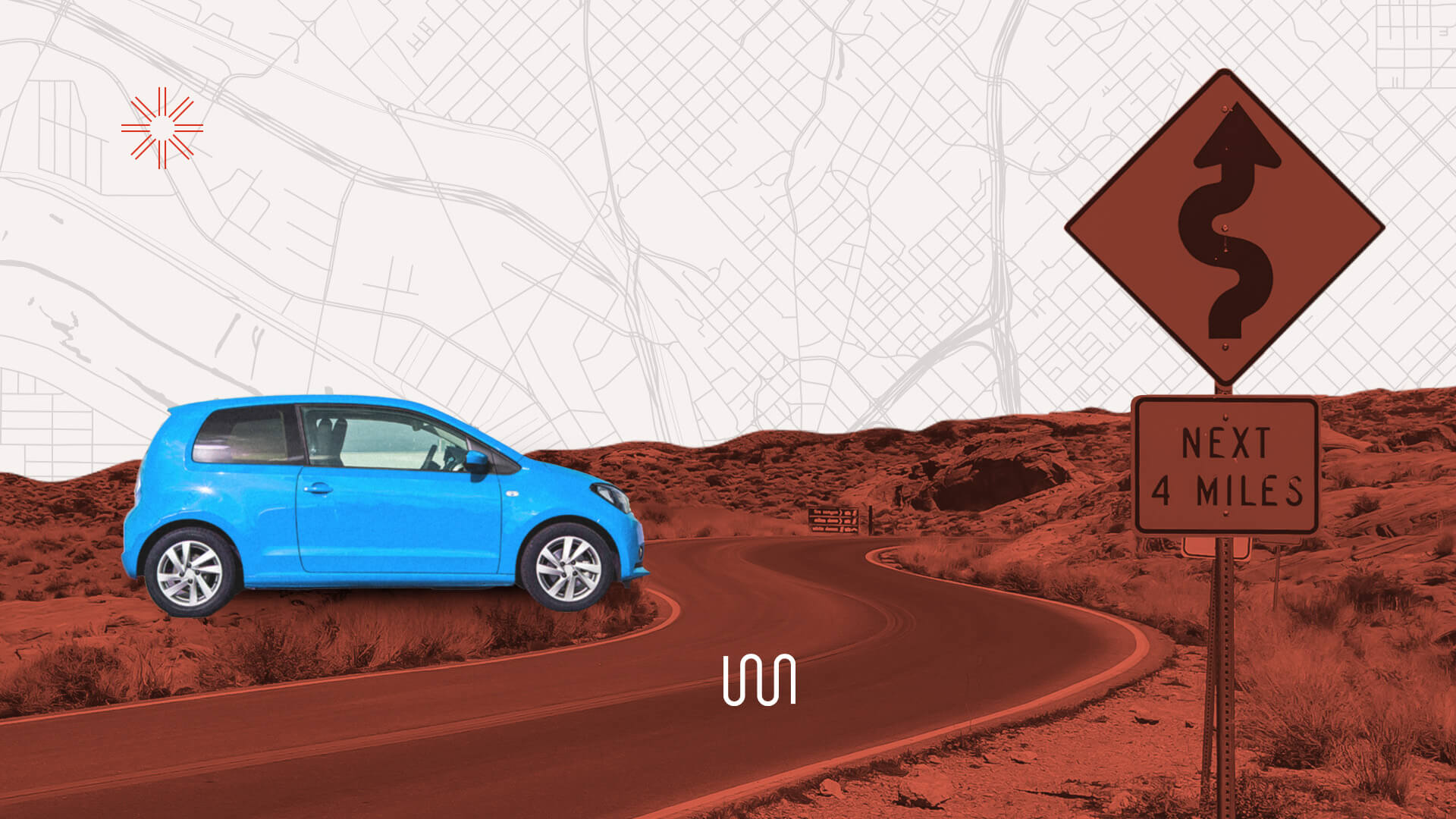
For anyone who tried to buy a new car in 2020 and 2021, it’s likely they had to go through a process that was different to the traditional car buying procedure. Throughout the pandemic, auto makers had to grapple with decreased demand in 2020, followed by surging demand in 2021, right at the time of several supply chain issues. These issues created major automobile shortages and upped auto prices, but it also kicked into gear many new evolutions in the auto industry that have stuck around even after the economy has bounced back.
Here are a few of the evolving trends that will define the auto industry in 2022 and beyond.
Long lasting supply chain effects
The auto industry in 2021 was mostly defined by a microchip shortage, which meant that there were 11.3 million fewer autos produced in 2021 than projected. That one tiny part was important enough to slow down a multi-trillion dollar industry. This has gotten many automakers thinking about alternative chip manufacturing options to lessen future issues. The chip shortage also opened up new design concepts that either use fewer chips or instead use new technologies that don’t need the same elements in order to work.
Even though the shortage is easing in 2022, it’s likely to be a low-level thorn in the auto industry’s side for several years to come. This means that automakers and car buyers will continue dealing with longer wait times, fewer choices and higher prices due to the pent-up demand.
High auto prices are here to stay
J.D. Power reported that October 2021 saw car prices that were 37% higher than October 2020. It was also the first time in 25 years that car prices in October were higher than prices in September. This surge in prices was universal — for nearly every kind of auto, both new and used.
What automakers found, to their surprise, was that higher prices didn’t hurt demand. In fact, demand is at a record high. This leaves automakers in an unusual position: They can keep prices high going forward, or bring them back down after supply issues ease. Because of pent up demand and strong interest in buying cars even with the high prices (and long wait times), it’s likely that prices will stay high for the near future.
New inventory strategies create new approaches to car buying
Most car commercials, and many actual car sales, involve a big car dealership lot brimming with vehicles ready to drive home. However, Ford Motor CEO, Jim Farley, notes that those days might be behind us. Having weeks or months worth of inventory parked in a lot is an expensive, and complicated way to run a business. What the pandemic showed many car companies is that the demand for vehicles is strong enough to squeeze that inventory down to just a few weeks worth, with many more sales coming through as orders for future deliveries.
This new approach would shrink the role of big car dealerships, and would encourage more people to order cars from dealerships online. Cutting down on the physical role of the auto dealership would also change many other elements of car ownership and the entire buying process, including how dealerships handle financing, customer service and everything in between.



